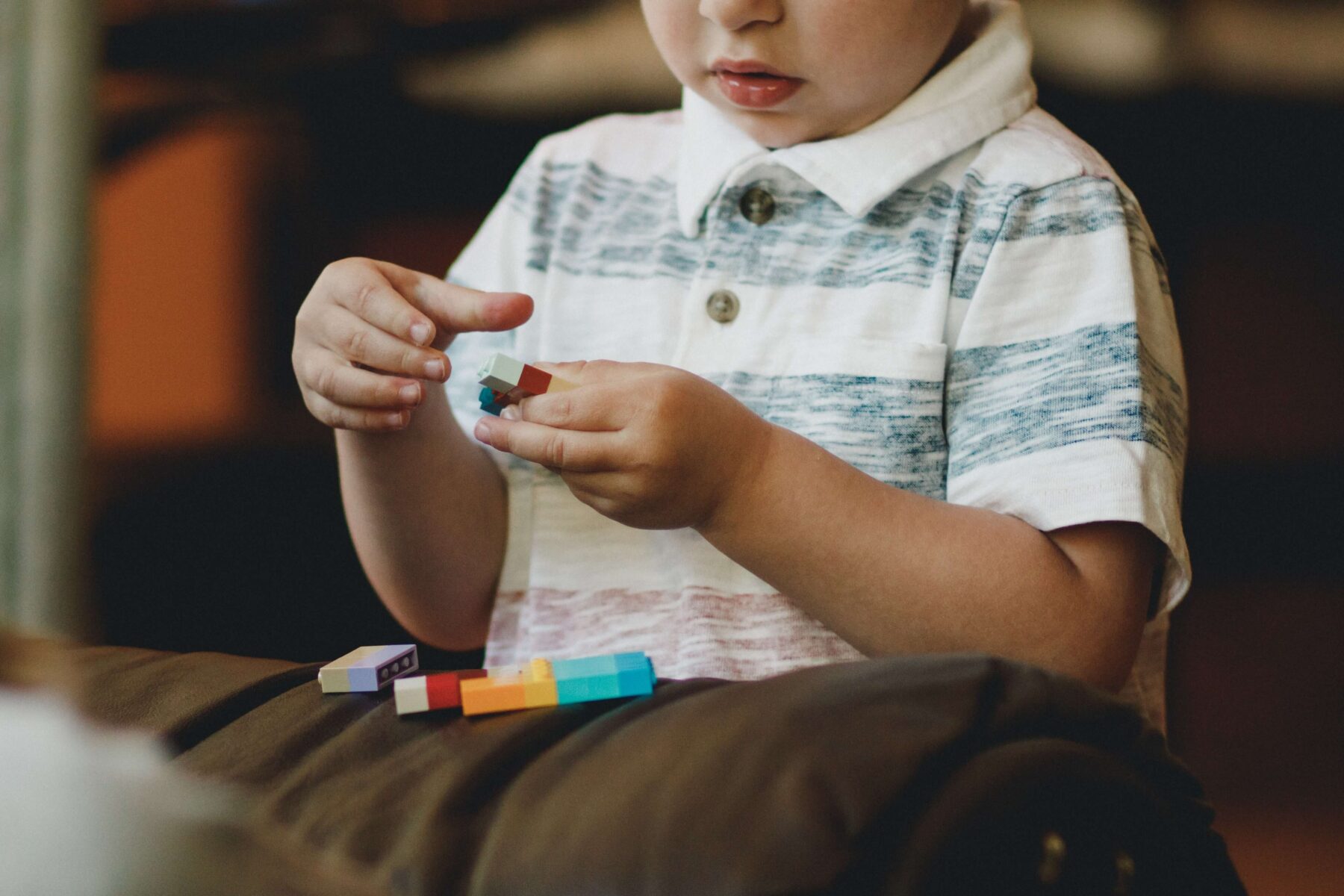
Autism, also known as Autism Spectrum Disorder (ASD), is a complex neurodevelopmental disorder characterized by challenges with social skills, repetitive behaviors, speech, and nonverbal communication. However, another aspect of autism that's often overlooked, but equally significant, is its relationship with motor skills.

Understanding Motor Skills in Autism
Motor skills refer to our ability to move and control our bodies. They are categorized into two main types: fine motor skills and gross motor dexterity. Fine motor skills involve small movements such as holding a pencil or buttoning a shirt, whereas gross motor skills include the motor control of larger movements like running or jumping.
Children with ASD often experience difficulties with both fine and gross motor skills. These challenges can range from issues with balance and coordination to problems with tasks that require dexterity, such as tying shoelaces or using cutlery.
The Impact of Motor Skill Challenges
The impact of these motor skill difficulties can be far-reaching. For instance, a child with poor motor skills may struggle to participate in physical activities, which can lead to feelings of isolation and affect their social interactions. It can also be motor problems that have practical implications, such as difficulty with handwriting, which can hinder academic progress.
Moreover, research has shown that motor skill difficulties in children with ASD are associated with more severe autism symptoms, particularly in the areas of social interaction and communication. This suggests that improving motor skills could potentially have a positive impact on autism traits in other areas of development.

Fine Motor vs Gross Motor Skills in Autism
When comparing fine motor and gross motor dexterity in children with autism, different challenges and impacts can be observed. Fine motor skills involve more nuanced movements that require greater precision and control, such as picking up small objects between the thumb and finger, or manipulating a pencil to write. Children with ASD might struggle with these tasks, which could potentially affect their educational performance, as these skills are crucial for tasks such as handwriting or craftwork in the classroom.
On the other hand, gross motor skills encompass larger, more general movements such as walking, running, or jumping. Difficulties for individuals with autism in this area might manifest as clumsiness, uncoordinated movements, or difficulty with tasks like climbing or catching a ball. These challenges can make it hard for children with autism to participate in group sports or physical activities, possibly leading to social isolation and decreased opportunities for social interaction.
It's important to note that these motor difficulties can vary greatly among children with autism, emphasizing the "spectrum" aspect of ASD. Some children might have trouble with both fine and gross motor skills, while others might struggle more with one or the other. Thus, individualized assessment and intervention strategies are crucial for supporting motor skill development in children with autism.
Motor skill challenges in children with autism
Children with autism often face motor skill challenges, ranging from an atypical gait to problems with handwriting. Recent research reports that some children with Autism Spectrum Disorder (ASD) experience some motor development difficulty and delay. Early signs of motor skill challenges in infants or toddlers with autism include delayed developmental milestones such as crawling.
A significant percentage of autistic children, up to 87%, exhibit motor challenges. However, only a small number, about 15%, receive a motor-specific diagnosis. Children on the autism spectrum may have difficulties with posture, coordination, and motor planning. These issues arise from differences in brain wiring that affect sensorimotor integration, motor learning, and execution.
Fine motor skills can be particularly challenging to address because children with ASD can become overwhelmed by the different aspects of an activity. Moreover, higher rates of difficulties in motor abilities, as well as in social communication skills, were found in ASD children at 18 months of age. According to one study, 79% of autistic children had definite challenges with movement.
In conclusion, motor skill challenges are common in children with autism, affecting a wide range of their abilities, from gross motor dexterity like walking to fine motor skills like handwriting. It's important to identify and address these challenges early to help them improve their motor skills and overall quality of life.
Ways to Improve Motor Skills in Children with Autism
There are several strategies for helping children with ASD develop their motor skills:
Physical Therapy: Working with a physical therapist can provide children with targeted exercises to improve both their gross motor function and fine motor skills.
Occupational Therapy: Occupational therapists can help children improve their fine motor skills, particularly motor coordination and those necessary for daily living activities like dressing and eating.
Sports and Physical Activities: Encouraging participation in sports and physical activities can also help enhance motor skills while promoting social interaction.

The Role of Early Intervention
Early identification and intervention plays a crucial role in addressing motor skill difficulties in children with ASD. The earlier these issues are identified and addressed, the better the potential outcome for the child. Therefore, it's important for parents and professionals to be aware of the signs of motor skill difficulties and take action as soon as possible.
Conclusion
While much focus is put on the social and communication challenges associated with autism, it's important not to overlook the significant impact of motor skill difficulties. By recognizing and addressing these issues, we can help children with ASD improve their quality of life and reach their full potential.





